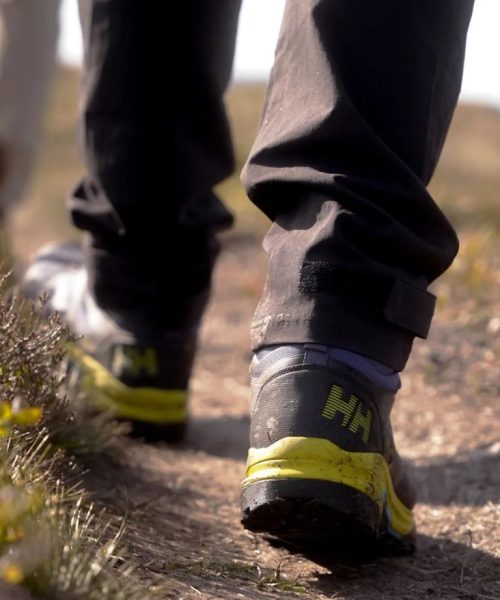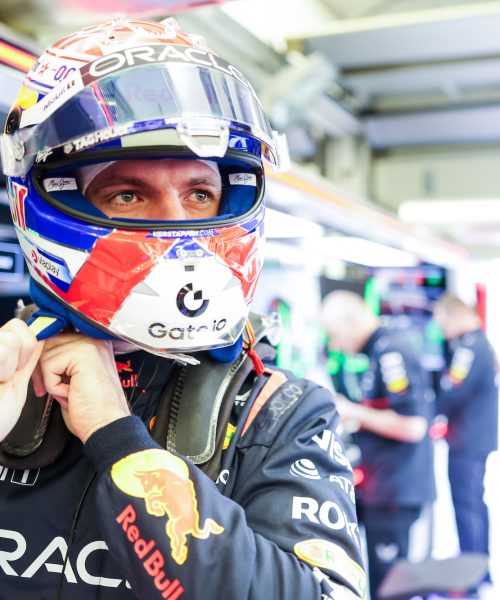A heist at a world famous museum likely evokes images of stealthy cat burglars skulking at night armed with state-of-the-art gadgets, possibly even soundtracked with a cool, jazzy instrumental. But the high-stakes crimes often lack much of the sophistication depicted in the movies. Take the stunningly brazen jewel theft that took place during broad daylight at the Louvre on October 19, for example.
The investigation remains in its extremely early phases, but initial reports describe a team of four individuals who positioned a truck with a mechanical lift next to a balcony in the museum’s Galerie d’Apollon (Gallery of Apollo). Once on the balcony, the assailants likely used glass-cutting power tools to create an opening in the window, then rushed into the museum wing to snatch their targets. In the span of only seven minutes, the thieves allegedly raced away from the scene of the crime on motor scooters carrying nine priceless pieces of French crown jewels. According to Bill Anderson, it all amounts to a “smash and grab” operation.
“I suspect that they have carefully surveilled the museums to be fairly certain about the strength of defenses and patterns of physical security movement and coverage. And my guess is in the case of the Louvre, they knew that no one would be likely to challenge a repair truck with a ladder,” explains Anderson, the founder of Art Guard, a company providing advanced security systems for museums and galleries around the world.
“Once an upper window was accessed, the response time to an alarm would be sufficiently slow to give them time to cut the cases, remove the jewels they wanted and exit safely,” surmises Anderson. “There was certainly more than one weak point.”
It may be surprising to learn that the world’s most visited museum is susceptible to such a rudimentary assault—but the Louvre is far from the only institution with a smash and grab problem. In fact, the robbery this week is the fourth of its kind in recent weeks, beginning with a similar incident at the Adrien Dubouché National Museum in Limoges, France.
At the Louvre, a lack of security cameras may impede the investigation. According to the BBC, at least a third of the rooms in the wing where the crime took place don’t have video surveillance.
“There appears to be a group or groups of thieves that have discovered a particular weakness in French museums,” adds Anderson. “It’s difficult for any large museum to cover every conceivable point with cameras.”
And even if cameras did catch them in action, Anderson says the feeds probably funneled into a bank of video screens monitored by only one or a few staff members.
“[That] is always a weak point,” he concedes.
“The Louvre… reportedly relies on a mix of older motion sensors and partial CCTV coverage,” adds Mark Patrick, director of technical content at Mouser Electronics. “Traditional systems like these can miss subtle signs of intrusion, especially when a break-in is fast, silent, or highly coordinated.”
Patrick suggests museums need to modernize in order to secure their collections, including the installation of motion, acoustic, and even temperature sensors. However, Anderson notes that’s sometimes easier said than done. He offers a concise answer when asked about the biggest challenge facing these institutions.
“Budget!” he says. “I could leave it there, but the techniques and technologies do exist to harden a facility’s defenses and layer security to the point where a theft is nearly impossible. It’s just very costly.”
At the same time, Anderson believes “experience and creativity go a long way.” He argues that every museum needs to have a complete security audit in place and ready for reevaluation, either by someone internally or outside the institution. Along with machine learning-enhanced camera systems, motion sensors for evening hours can be easily installed. And while GPS tags remain too bulky and battery-intensive to use on most exhibit pieces, Anderson says the industry is moving towards more feasible options.
“Lastly, having a plan in place that covers [physical] action in the event of is critical,” says Anderson. “I suspect the breakdown at the Louvre was both human and technological.”






